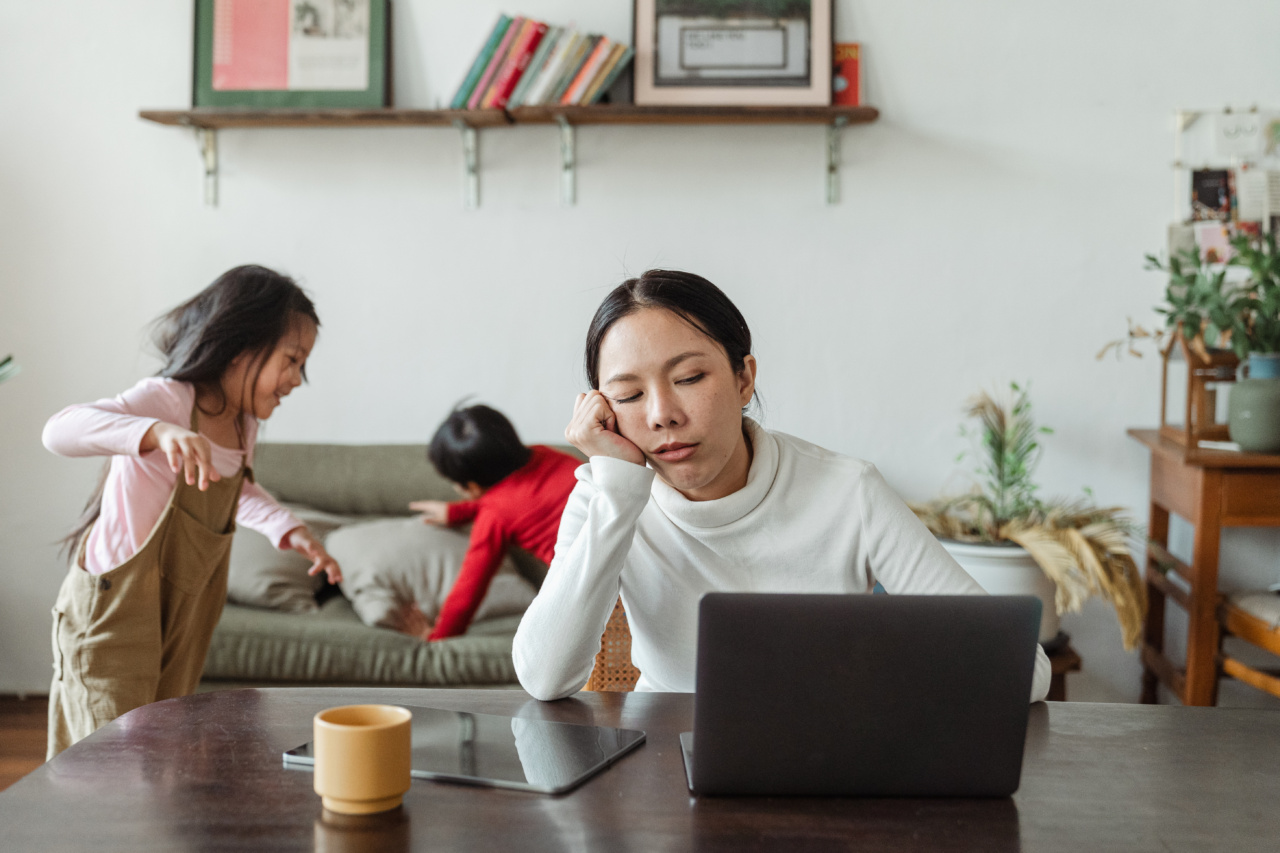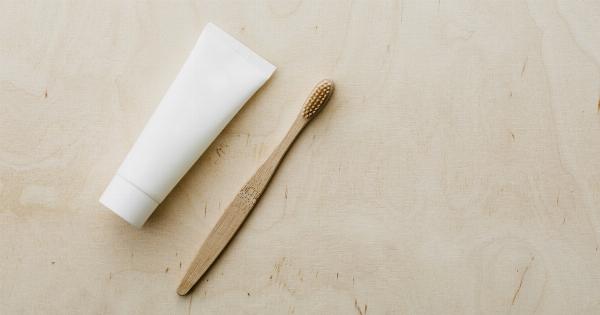During the quarantine period, it’s crucial to prioritize our physical well-being. With limited options for outdoor activities, staying active at home becomes more important than ever.
However, prolonged periods of inactivity and improper posture can lead to musculoskeletal problems. To avoid such issues, here are some tips and exercises that can help you stay active and promote a healthy musculoskeletal system from the comfort of your home.
1. Set Up a Ergonomic Workspace
If you’re working from home, it’s essential to create an ergonomic workspace to ensure proper posture while sitting for long hours.
Invest in an adjustable chair, position your desk at the right height, and keep your computer screen at eye level to avoid straining your neck and back.
2. Stretch Breaks
Take regular breaks during the day to stretch your muscles and relieve any tension that may have built up. Simple stretches like neck rotations, shoulder rolls, and wrist flexions can help improve blood circulation and prevent stiffness.
3. Maintain a Daily Exercise Routine
Establish a daily exercise routine that includes both cardiovascular exercises and strength training. Cardio exercises like jumping jacks, skipping rope, or dancing can elevate your heart rate and improve blood circulation.
Incorporating strength training exercises, such as squats, lunges, and push-ups, can help maintain muscle strength and prevent muscle imbalances.
4. Use Household Items as Exercise Props
If you don’t have access to exercise equipment, improvisation is key. Use everyday household items as exercise props.
For example, canned goods can act as light dumbbells, a chair can be used for tricep dips, and a towel can provide resistance for stretching exercises.
5. Incorporate Yoga or Pilates
Yoga and Pilates are excellent forms of low-impact exercises that can enhance flexibility, strength, and balance. Many online platforms offer guided sessions and tutorials to help beginners get started.
These practices also promote relaxation and stress reduction, which is particularly beneficial during these challenging times.
6. Take Regular Walks
When possible, take breaks from indoor activities and go for a brisk walk outdoors, ensuring you adhere to any local regulations or guidelines.
Walking not only helps maintain cardiovascular health but also exposes you to natural sunlight, which aids in vitamin D production.
7. Practice Good Posture
Whether you’re sitting, standing, or performing exercises, maintaining good posture is essential for avoiding musculoskeletal problems. Focus on aligning your body correctly, engage your core muscles, and avoid slouching or hunching over.
8. Stay Hydrated
Proper hydration is crucial for overall health, including the musculoskeletal system. Be sure to drink an adequate amount of water throughout the day to keep your joints lubricated and prevent muscle cramps.
9. Prioritize a Good Night’s Sleep
Sleep plays a vital role in the body’s overall recovery and repair process. Establish a consistent sleep routine and ensure you’re getting enough hours of quality sleep each night.
This will help reduce the risk of musculoskeletal issues and promote overall well-being.
10. Listen to Your Body
Lastly, it’s essential to pay attention to your body’s signals. If you experience any discomfort or pain during exercises, modify the movements or consult with a healthcare professional.
Everyone’s body is unique, so respecting your individual limitations and avoiding overexertion is crucial.






























